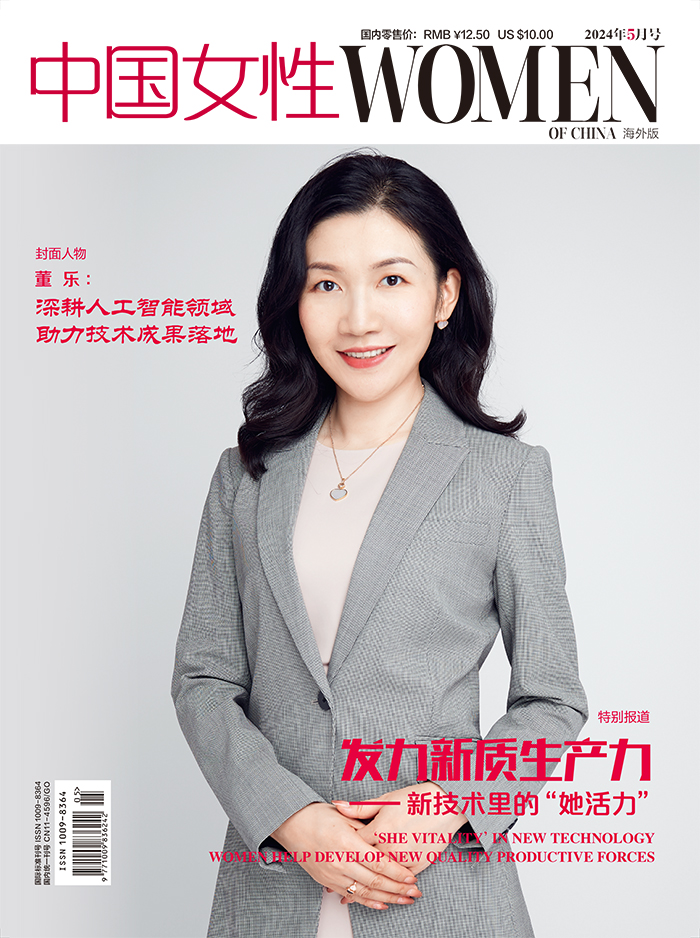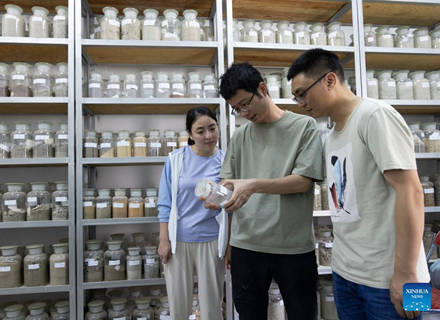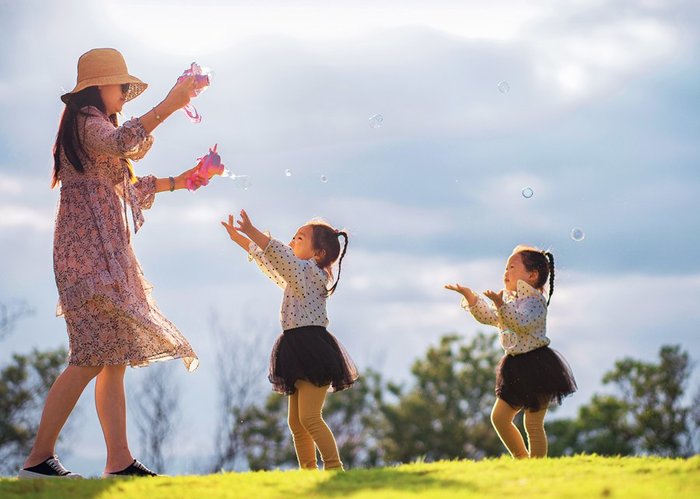Cultural Heritage | Beliefs Exhibited on Yaos' Splendid Costumes, Adornments

The Yao people are one of the most widely distributed ethnic minority groups in southern China. The unique charm of Yaos' splendid costumes and adornments is embodied in various elements, including the people's colorful clothes, the mysterious, auspicious patterns (on the clothes), and their various headwear accessories.
The Yao people mainly live in Guangxi Zhuang Autonomous Region and Hunan, Guangdong, Yunnan, Guizhou and Jiangxi provinces. The Yao ethnic group is one of the oldest ethnic groups in China. Legend has it that the Yaos are the descendants of a mythical king called Panhu. The Yaos' long history has bred a unique ethnic costume culture.

The clothing of the Yao people is colorful, having such colors as blue, white, black and red. The colors and styles of their costumes vary in Yaos' different sub-ethnic groups. Generally speaking, their apparel is known for its colorful, complicated patterns and exquisite workmanship. Yao women, who are proficient in embroidery, often embroider elaborate patterns with colorful silk threads along their tops' necklines and cuffs, and the bottoms of trouser legs. Most of the embroidered patterns, which have been passed down for many generations, have not only served as beautiful decorations, but have also become carriers of the Yao culture.

There are many Yaos' sub-cultural groups, and each group's costume has its own characteristics. In Nandan County in Guangxi Zhuang Autonomous Region, men's clothing consists of formal and plain clothes. Most of the plain clothes have stand-up collars and front buttoned jackets. The formal tops are usually edged with blue cloth. Whether it's formal or casual, an upper garment usually has a chicken pattern, embroidered on both sides of the garment's waist part. The white cloth trousers, stretching down over the knees, are embroidered with the patterns of five red lines — three long lines in the middle and one short line on each side. The lines symbolize the bloody fingerprints of Yaos' ancestors, who fought on battlefield in times past. Yao men in Nandan wear white trousers. For this reason, the Yao people in Nandan are also known as the "white-pants Yao (Baiku Yao)."
The United Nations Educational Scientific and Cultural Organization (UNESCO) refers to Baiku Yao as the ethnic minority group that best retains its folk culture in the world. The Baiku Yao, as a subgroup of the Yao, is referred to as the "living fossil of human civilization" by many historians.

The summer clothing, or a gown, of Yao Women in Nandan, consists of two pieces of cloth joined at the shoulders, black at the front, and dyed and embroidered at the back. In winter, the women usually wear right lapel-sleeve clothing on the top. Whatever the season, they wear blue pleated skirts. The women use tree sap to dye their tops and skirts.


Hong (Red) Yao, who reside in Longsheng (a county in Guangxi), is so named because the people's clothing is primarily red, decorated with various patterns. Most of the clothes are woven and/or embroidered by the people. The patterns (on their clothes) include the dog totem images worshiped by the Yao people, and the images of lions, deer, dragons, unicorns and phoenixes. Other common patterns include landscapes, flowers, trees, fruits and vegetables, which symbolize abundant harvest of all food crops.

Hongtou (Red Head) Yao, distributed in Jinping area of Yunnan, also have their own style of clothing. The headdress of a Hongtou Yao woman is very peculiar, which is wrapped in a cone or cylinder with red cloth, just like a banana flower in full bloom, hence the name of Hongtou (Red Head) Yao. The people's clothes are primarily made in dark blue, which symbolizes the solemnity and mystery of the mountains. Some of their clothes are red, which symbolizes their liveliness and enthusiasm. The people's clothing is also combined with yellow, green, white, orange and other colors. Women's clothes and trousers are relatively loose fitting. They usually wear long-sleeve blouses, whose fronts and corners are decorated with colorful cross-stitch embroidery patterns. The women wear straight-leg pants made of indigo dyed and woven cloth. The trousers are also decorated with cross-stitch embroidery patterns. Except for the inner thigh and buttock areas, almost all parts of the trousers are covered by embroidery patterns.
Hongtou Yao men wear shirts with collars and buttons down front. The shirts' necklines are decorated with cross-stitch embroidery patterns. The men's outfits are black homespun sleeveless mandarin jackets and wide-crotch trousers. The men usually wrap a piece of dark blue cloth around their heads, and some of such cloth is decorated with simple embroidery patterns.

Guoshan Yao are distributed in Jiangyong area of Hunan Province. Their style of clothing is natural and simple. The change of the people's clothing in different seasons is not obvious. Both men and women like to wear colorful clothes — the main color (of the clothes) is deep blue, embellished by various colors, including red, yellow, blue, white and black. The traditional costume of Guoshan Yao women consists of a dark blue cloth robe, loose trousers, a dudou (diamond-shaped cloth worn over the chest and abdomen) and a pair of pointed shoes. Guoshan Yao women like to wear ox-horn neck ornaments and various silver jewelry.
Despite the fact the Yao people (in various regions of the country) wear various costumes, they all value decorative patterns, including geometric patterns, and the patterns of animals, plants, stars and landscapes.
The traditional costumes of the Yao people have been passed down from generation to generation. Through the costumes, one may get a glimpse of the history of the ethic group, and the people's spiritual beliefs and folk culture.
Source: China Today
Photos from VCG and Tuchong
(Women of China English Monthly March 2024)
Please understand that womenofchina.cn,a non-profit, information-communication website, cannot reach every writer before using articles and images. For copyright issues, please contact us by emailing: website@womenofchina.cn. The articles published and opinions expressed on this website represent the opinions of writers and are not necessarily shared by womenofchina.cn.?








 WeChat
WeChat Weibo
Weibo 京公綱安備 11010102004314號
京公綱安備 11010102004314號